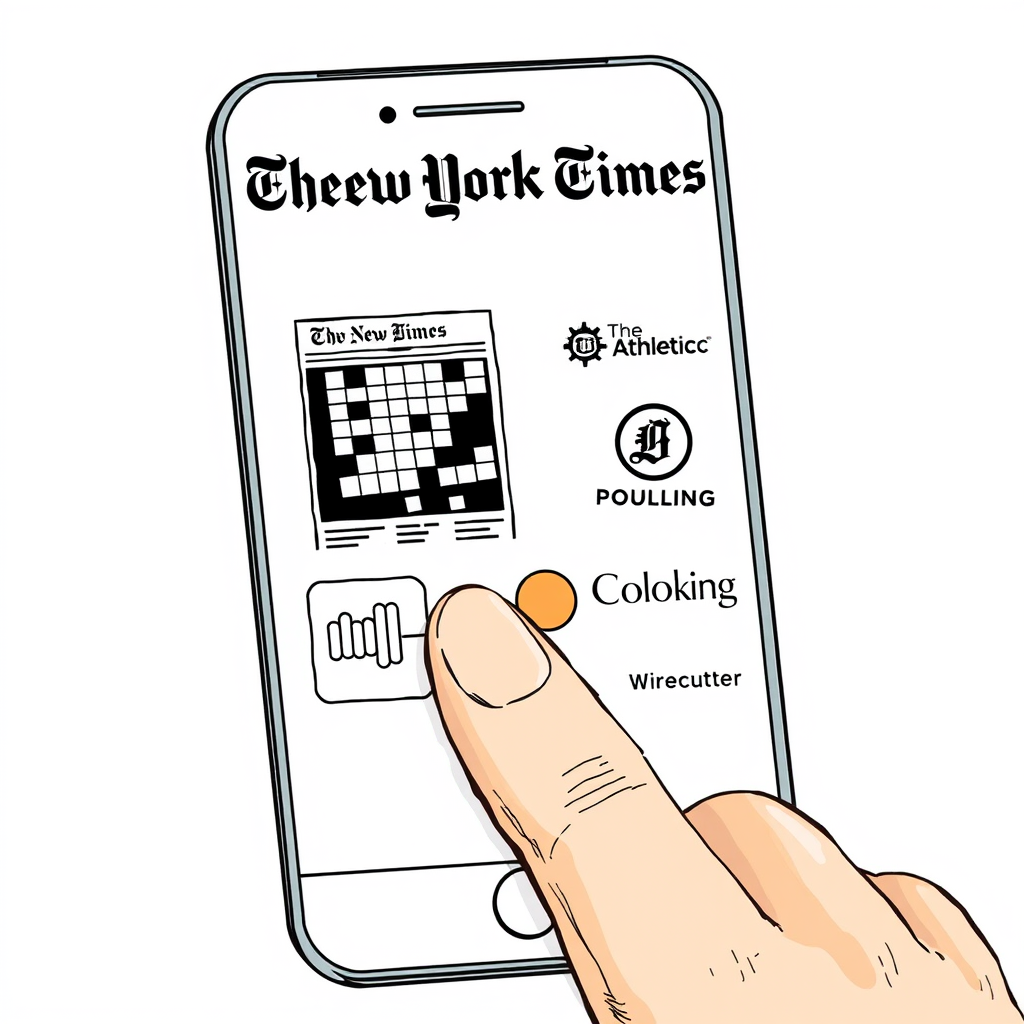NYT App Revamp: News, Games, and Growth

The New York Times has fundamentally reshaped its app experience, moving beyond a traditional news delivery platform to a comprehensive hub for all its digital offerings – news, games, audio, and more. The redesign, detailed recently at a WAN-IFRA conference, isn’t simply cosmetic; it’s a strategic realignment aimed at boosting user engagement and solidifying direct relationships with subscribers in an era where reliance on search engines and social media is waning.
Central to the revamp is a recognition of the symbiotic relationship between different content formats. The Times discovered that users drawn in by games like those in its Games section frequently explored news content, and vice versa. This insight drove the creation of a unified experience, accessible through a new ribbon navigation that prioritizes breadth of content over rigid categorical divisions. Swiping right reveals core journalism, while a swipe left unlocks access to products like The Athletic, Cooking, and Wirecutter – effectively turning the app into a digital storefront for the entire Times portfolio.
The redesign also introduces a bottom navigation centered around user “modes” – Home for broad discovery, Listen for audio, and a revamped “You” tab for personalized content. The “You” tab represents a significant course correction from a previous iteration, moving away from a murky blend of algorithmic suggestions and editorial picks towards surfacing content users demonstrably enjoy – repeatedly reading an article three to five times guarantees its appearance.
Importantly, The Times isn’t chasing vanity metrics like simple clicks. Instead, they prioritize “engaged clicks” – instances where a user spends at least 30 seconds with a piece of content. This focus on quality engagement underscores a commitment to providing genuinely valuable content, avoiding the pitfalls of clickbait.
The redesign’s success is notable. Unlike many app overhauls that cause temporary dips in engagement, The New York Times maintained its baseline metrics, and is now building upon that foundation. This is a testament to a user-centered design process and a clear understanding of evolving consumer habits.
In my view, this is a smart and necessary evolution for a legacy media organization. The bundling of diverse content within a single app isn’t just about maximizing revenue; it’s about fostering deeper, more direct relationships with subscribers. By prioritizing quality engagement and personalized experiences, The New York Times is positioning itself not just as a news provider, but as a comprehensive digital lifestyle companion. The shift away from reliance on external platforms like search and social is particularly astute, recognizing the importance of owning the user experience and building lasting connections in a fragmented digital landscape. This isn’t just a redesign; it’s a strategic bet on the future of digital media.